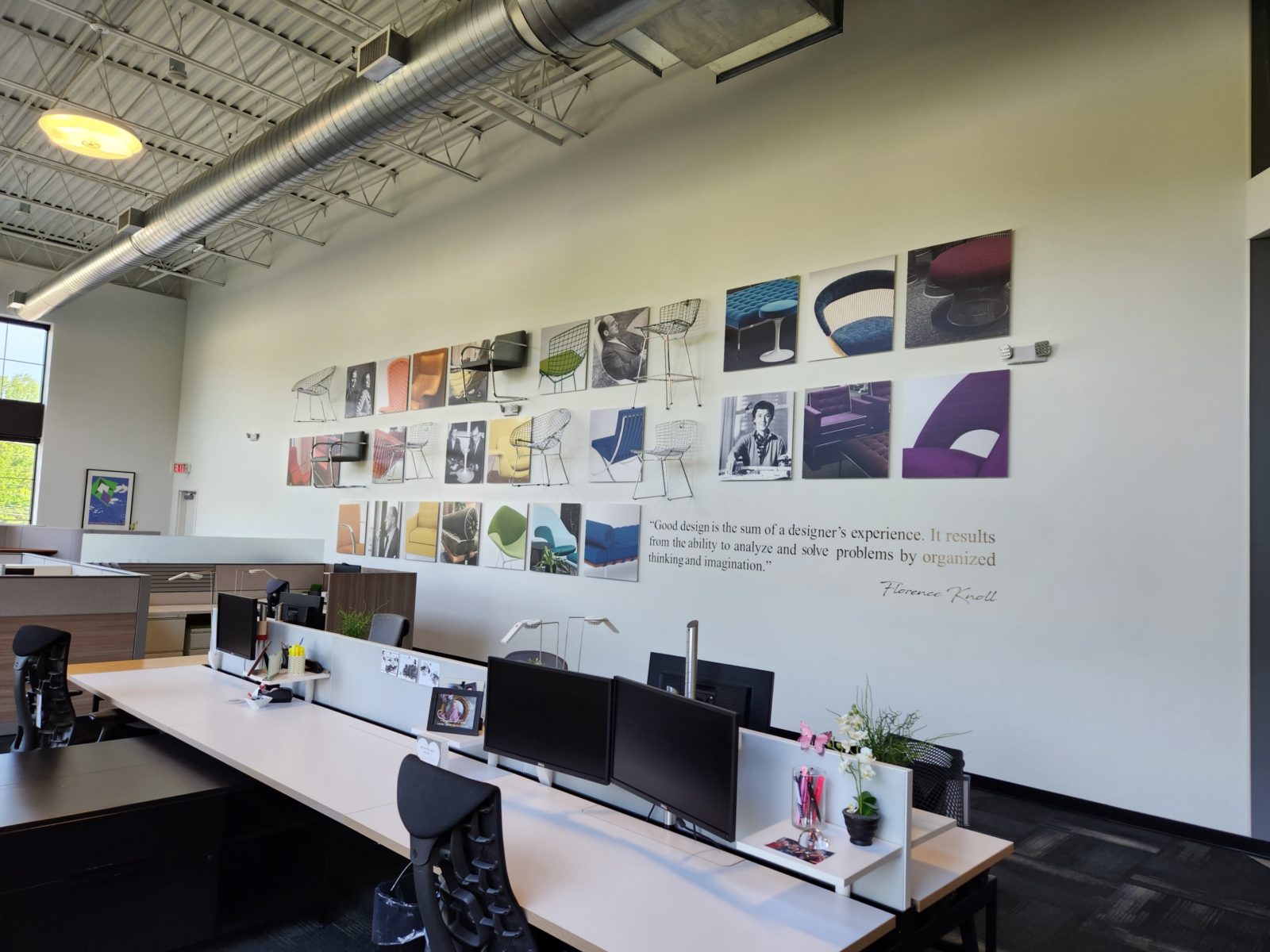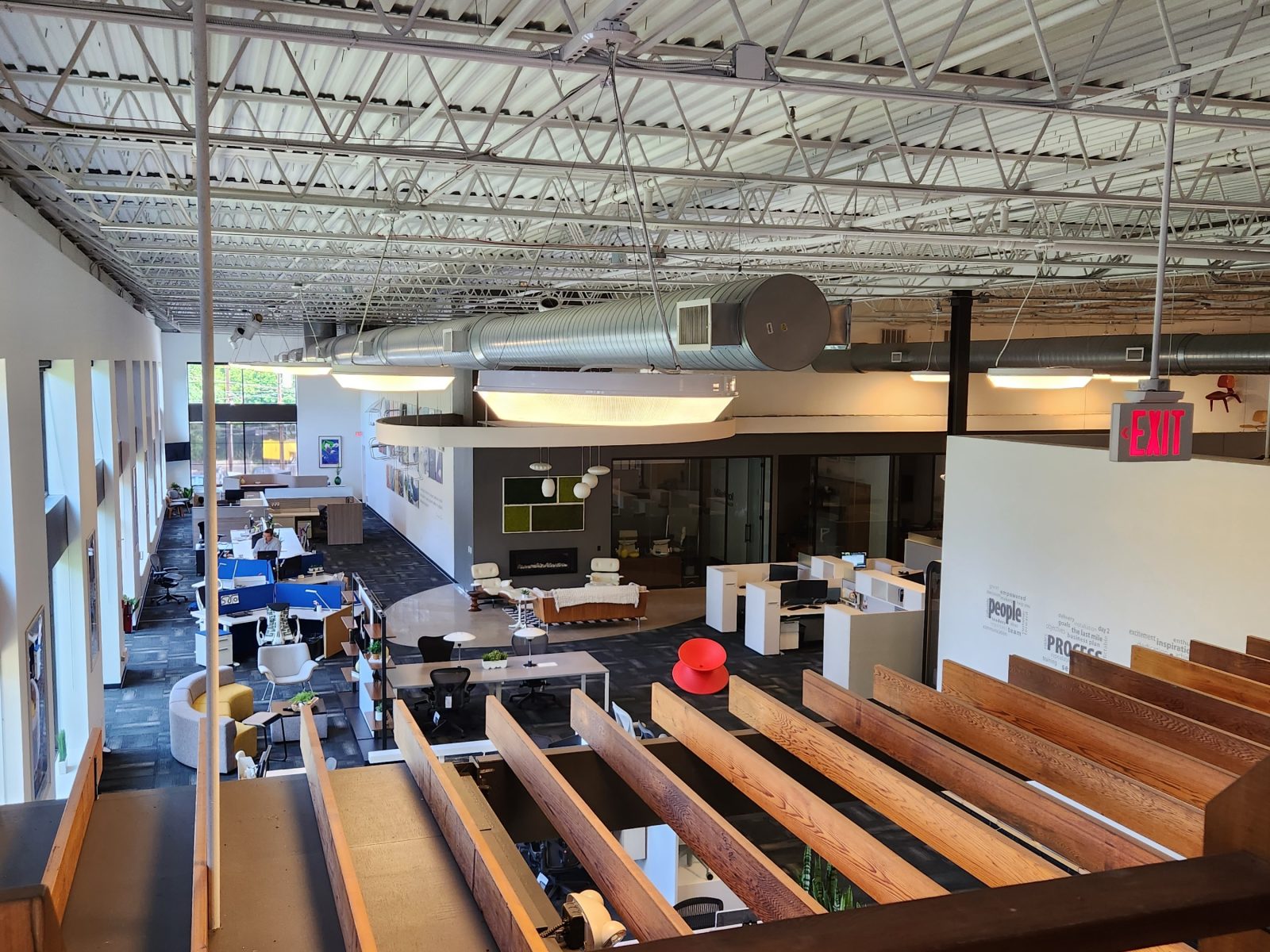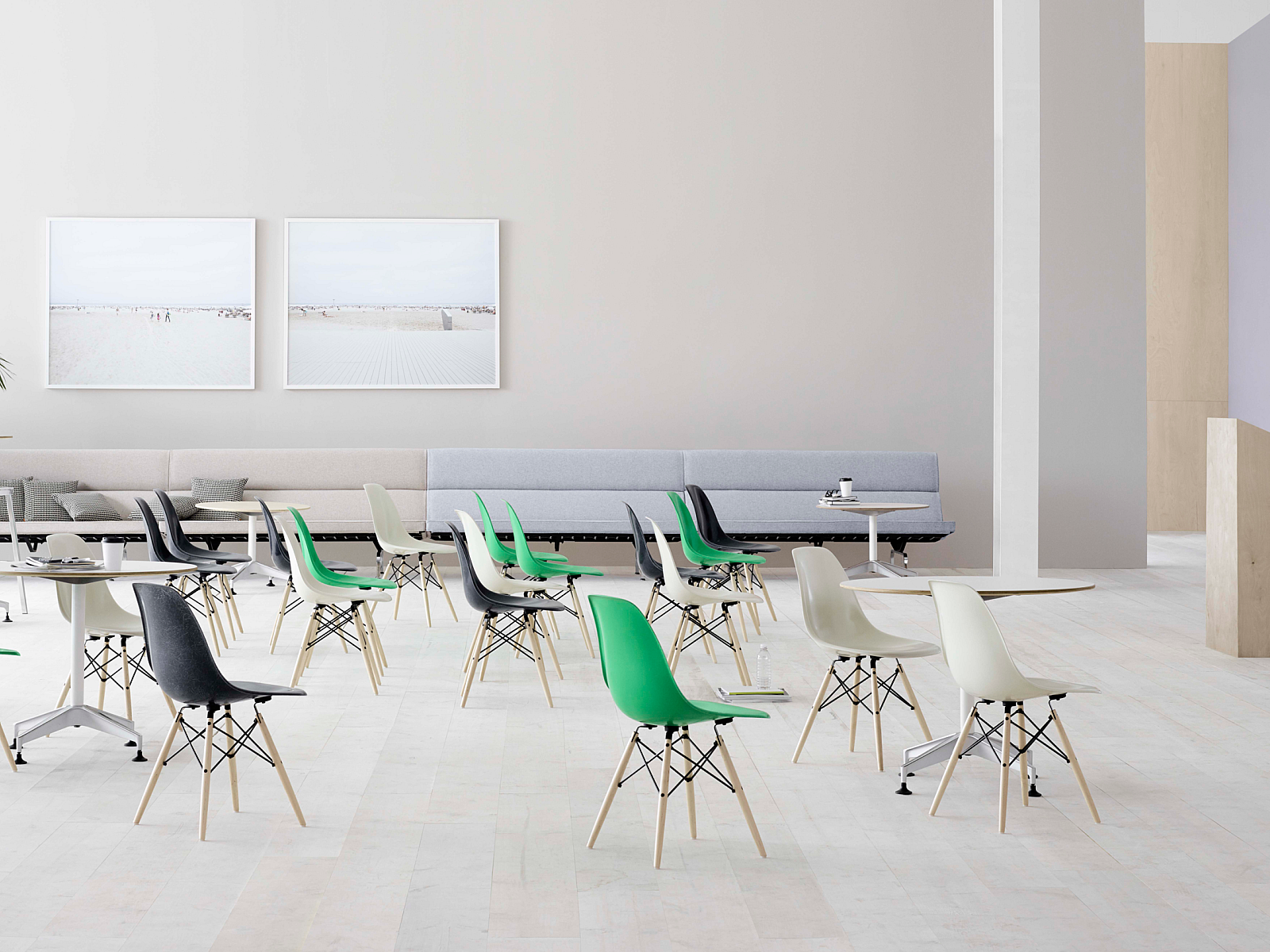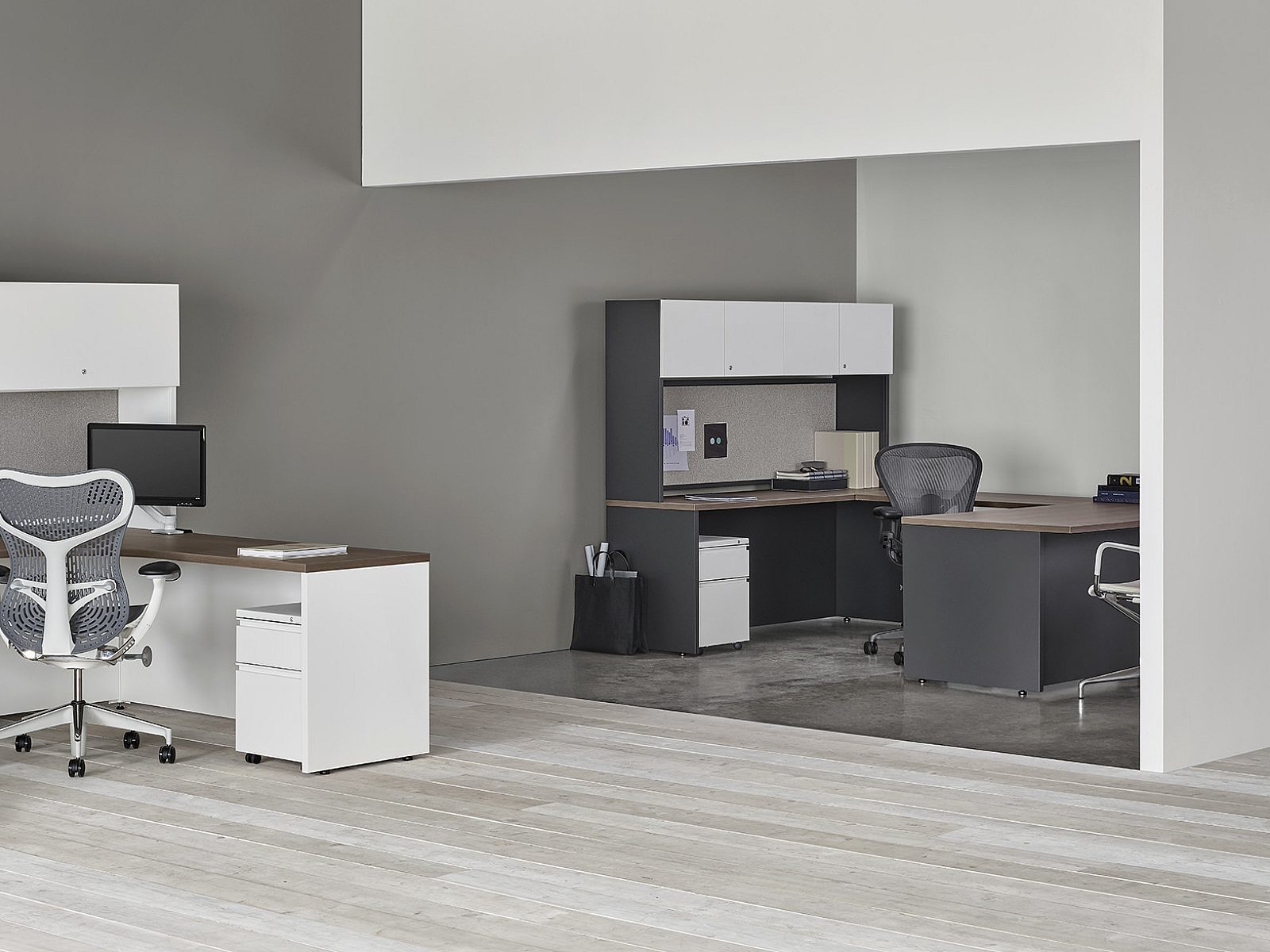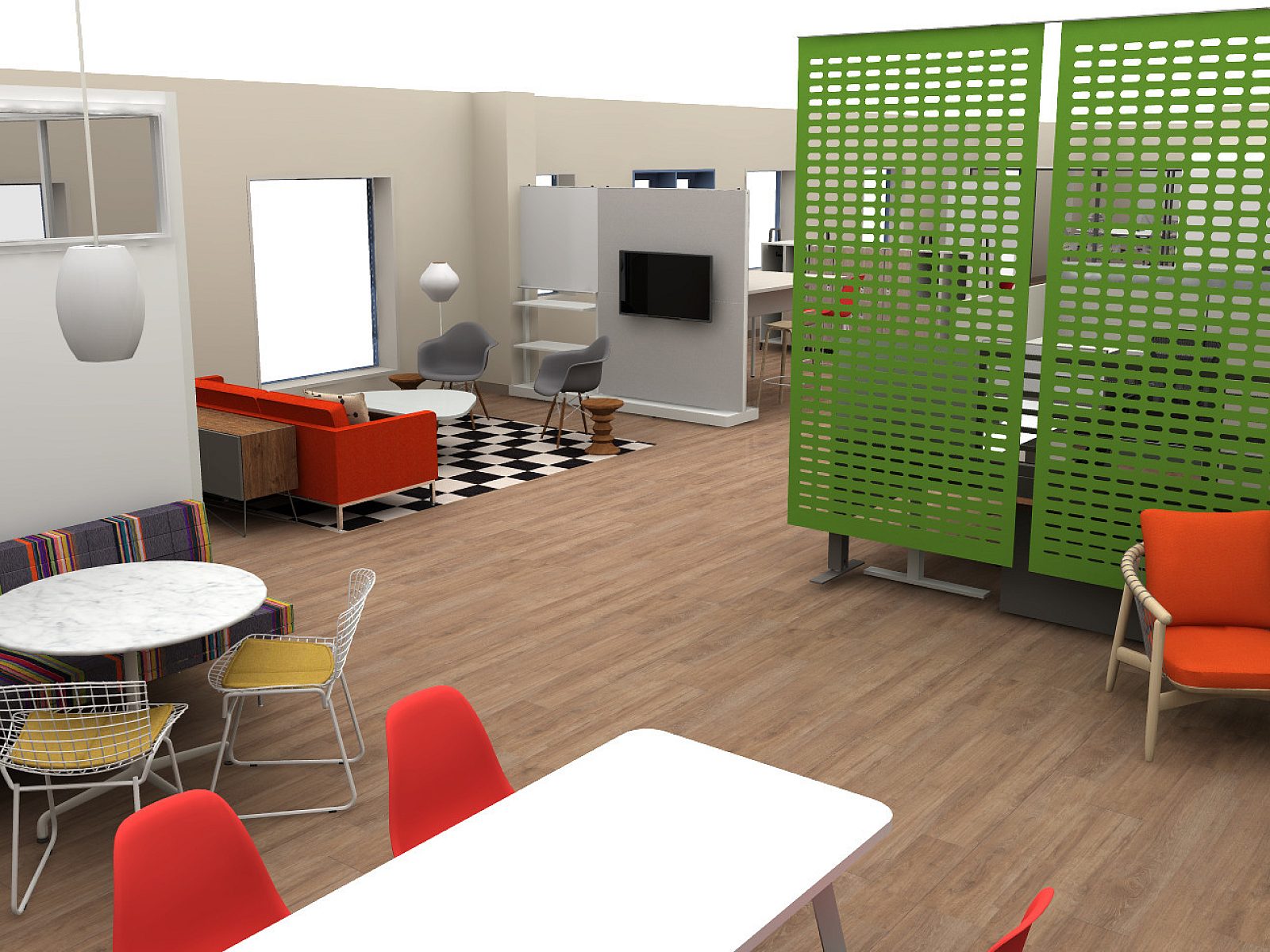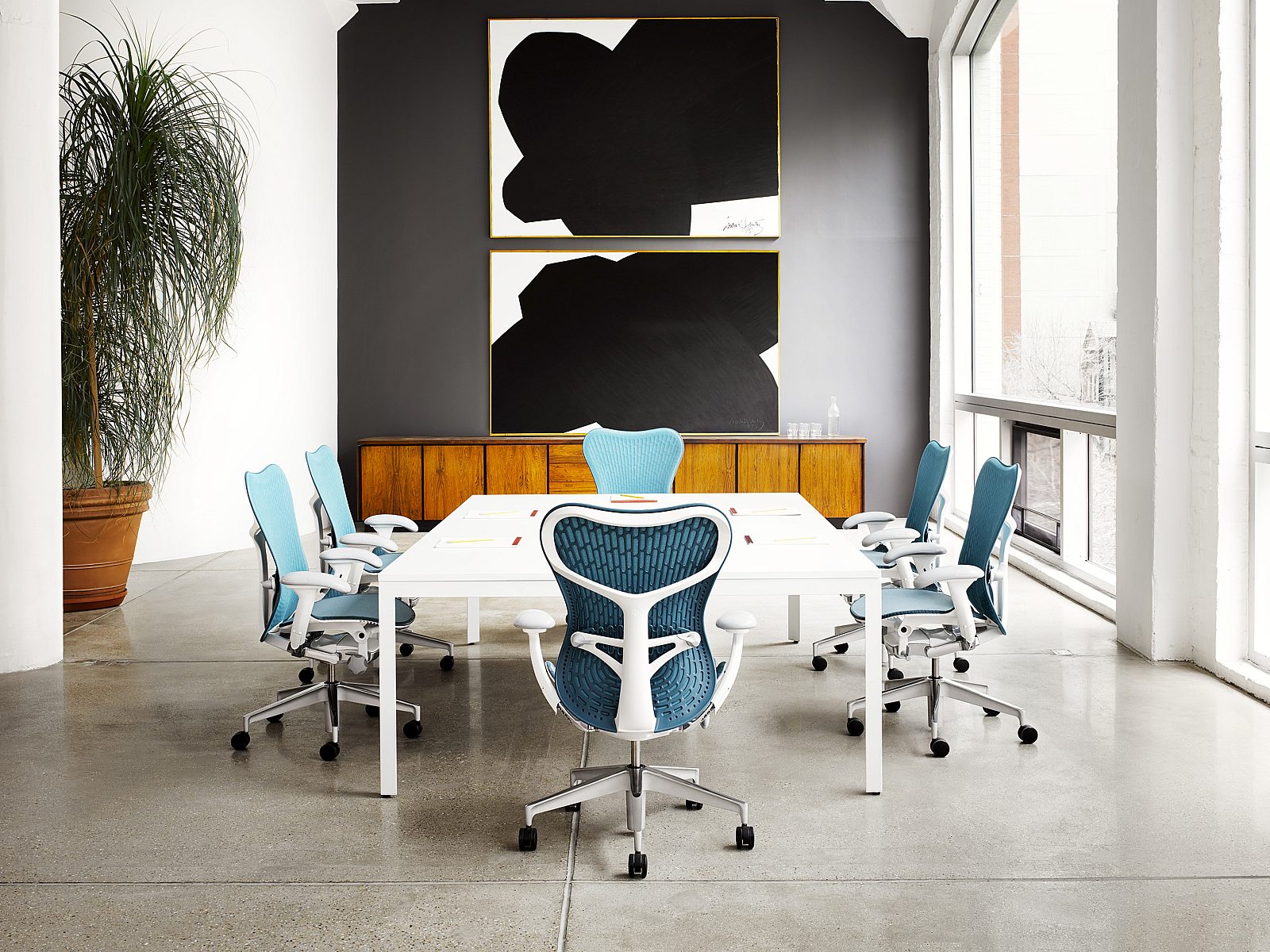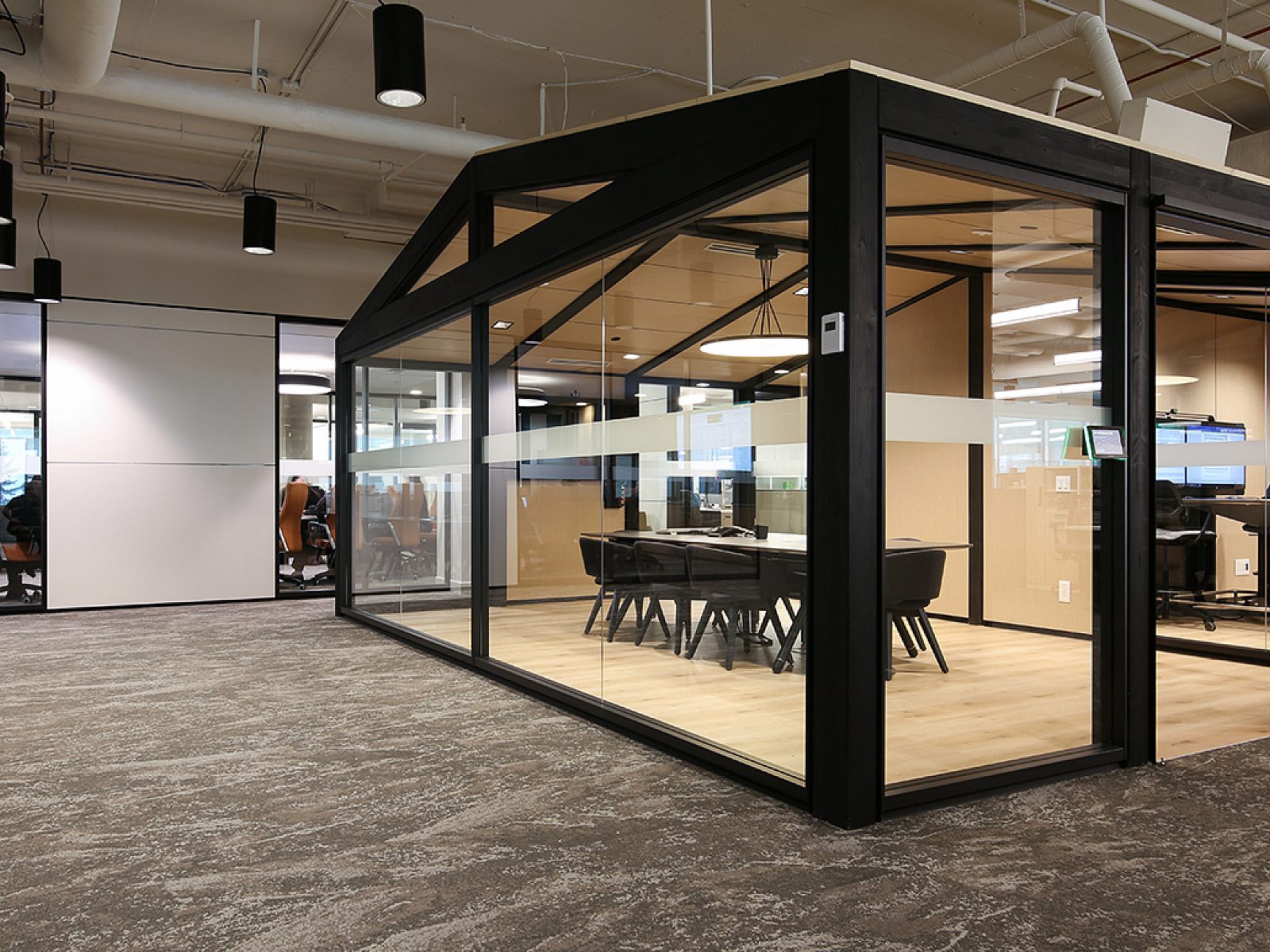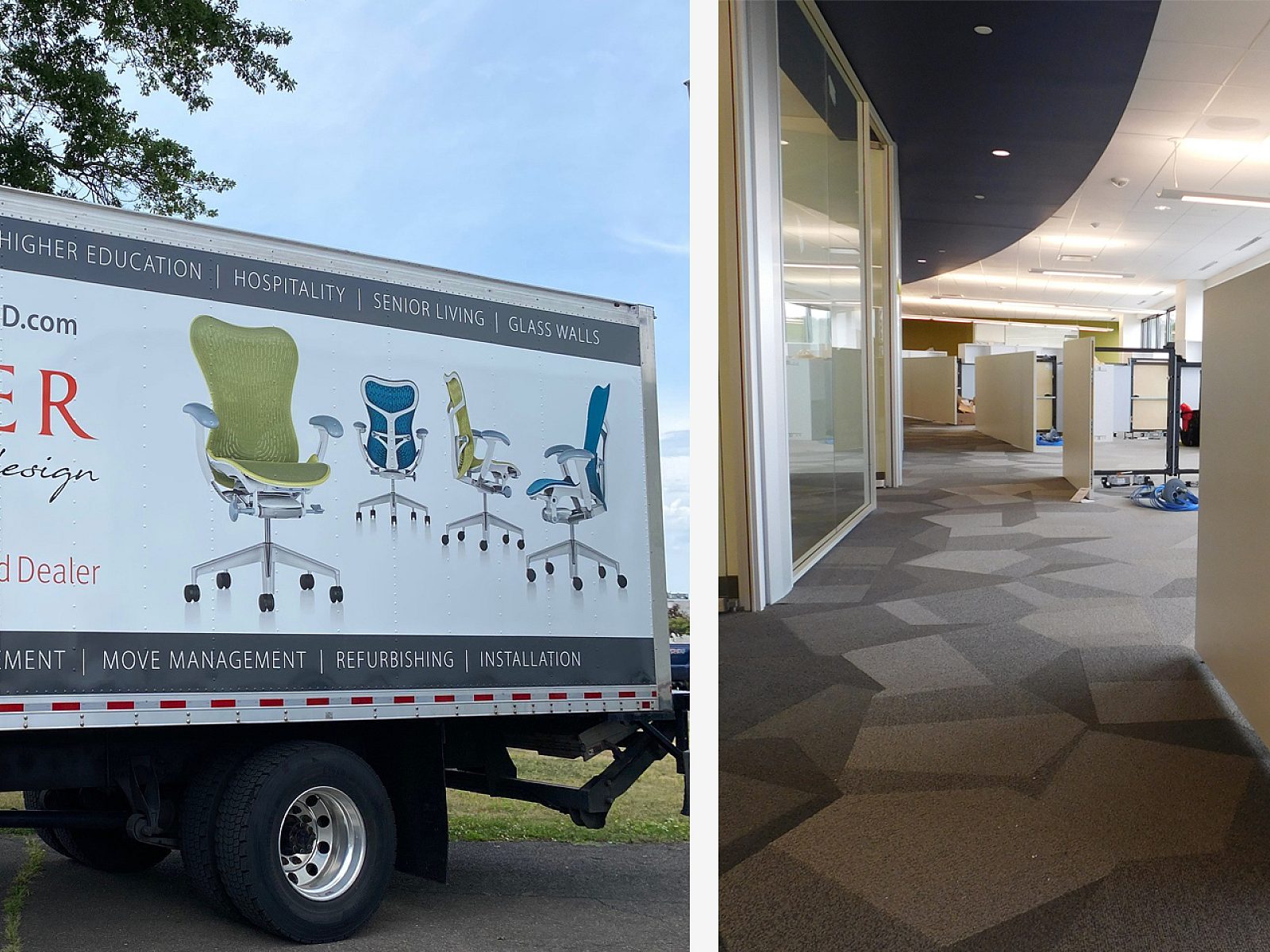The Unassigned Experience
The unassigned work experience is on the rise, but not every strategy is the same. See what might work best for your people.

There are many reasons why unassigned workplace strategies are so popular. Some benefits include better work/life balance, organizational growth or reduction, and increased productivity. However, there are many different kinds of unassigned work experiences, and not every kind works for every company.
Unassigned strategies are broken down into these three major categories: free address, hoteling and activity-based.
- Free Address or Hot-Desking: people settle in and set up for the day at empty, available desks
- Hoteling: people reserve or use non-dedicated desks as needed
- Activity-Based: people switch between an array of settings depending on the task at hand
When deciding if an unassigned work strategy (one or all) is right your organization, consider these four factors: your organizational culture; management practices; the availability of resources; and an individual's state of mind. In order for this new experience to work for you, the employees need access to the right tools and resources. They also have to feel the energy and connection with their colleagues.
Whether you currently have unassigned seating and are curious if it is working, or are considering having your organization changing to an unassigned strategy, make sure you consider all the variables first. We are here to help you through the process and help you decide what might work best for your people.

